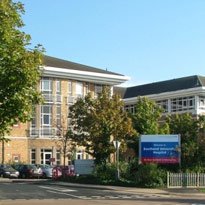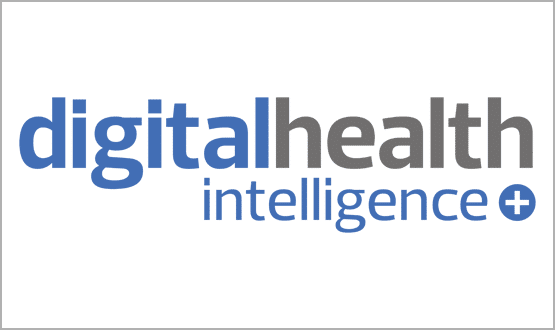Southend implements Soliton RIS
- 23 July 2014

Southend University Hospital NHS Foundation Trust has implemented Soliton Radiology+, a radiology information system from Soliton.
Previously, the trust used a McKesson TC-RAD, procured outside the National Programme for IT.
However, McKesson stopped supporting the product, which meant Southend had to implement a new RIS by the end of March 2014.
Using the NHS Supply Chain framework, the trust began the procurement process in April 2013, selecting Soliton as a supplier in August.
The new system went live in early March this year, and will run on a fixed five-year contract, with the option to roll on for another five years.
Keiran Donovan, IT projects and transition manager at Southend, said the implementation was very smooth.
“Data migration is always a challenge, but we were very fortunate at the trust because the McKesson data extraction tool is very flexible,” he said.
“We had the opportunity to run as many data migrations as we liked.”
Each batch of data extracted was checked by the operations team and then put through the Soliton transformation tool. The trust migrated 3.25m studies from TC-RAD, and had no exceptions or failings.
Soliton’s trainers, who immersed themselves in the work processes of the department, trained just under 300 users in four weeks. Donovan added that the RIS itself is straightforward to use.
“The product is so logical and linear; it’s quite easy to pick up. It follows how the workflow actually works.”
Time spent on configuring the new RIS helped make the transition largely trouble-free. “We had hundreds of letters in different formats and we only had errors on two,” said Donovan.
“The configuration was so complete we had hardly any issues with the go-live, which also helped the user acceptance.”
Soliton Radiology+ runs on SQL and Donovan said because the trust already had a SQL cluster in place the infrastructure element was “extremely cheap”, and was mostly a question of adding memory.
The new RIS has helped the radiology department move towards paperless processes. All historical paperwork and patient records have been scanned into the system, and electronic scheduling has replaced paper diaries, resulting in improved efficiency and fewer scheduling errors.
Louise Sabel, acting general manager for diagnostic imaging at Southend, said: “The plan was to run a duplicate process with paper diaries and an electronic scheduler until people felt comfortable with it, but the CT and MRI department ditched the diaries after about day two.”
Keiran Donovan added that tablet computers have been introduced in nuclear medicine.
“Whenever we need to dispense things the pharmaceutical department can then go out to the patient and do the patient safety checks on mobile devices,” he said and added that there are now plans to extend mobile working by making the RIS available on the tablets.
University Hospitals Coventry and Warwickshire NHS Trust has also implemented the Soliton RIS after its NPfIT contract ended last year.
The RIS integrates with the trust’s Insignia picture archiving and communications system and provides a unified patient view for users.




